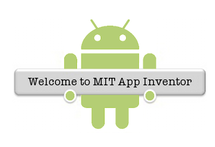
Why Teach Programming Skills?Everybody in this country should learn how to program a computer. . . because it teaches you how to think. –Steve Jobs Our policy at Facebook is literally to hire as many talented engineers as we can find. There just aren't enough people who are trained and have these skills today. –Mark Zuckerberg | |
| | Canyons School District is helping interested students learn to program through an after-school called "Canyons App Club." Students from all high schools meet formally at least once a month. Jared Ward, one of the club organizers explains, "Students drive the momentum for this club, they would love to meet after-school every day!" Students in the club range from a very beginning skill level to quite advanced developing C++. In addition, some of the students have completed or are currently involved in the programming classes at CTEC. Club organizers, RachelAnn Murphy and Jared Ward, are Canyons School District Education Technology Specialists at the high school level. The idea for a high school app development club started to take form after watching a few TED Talks by kids who are currently creating apps. These students are amazing and Canyons School District has amazing students as well. And even though the district has a programming course for students, the programming courses isn't always accessible to all interested students. And so, the idea was born to start our very own Canyons App Club. The Canyons App Club is designed to provide a community of learners, a variety of resources to student, and business partnerships. Each month students earn badges as app creation levels are completed. The MIT App Inventor website provides a wealth of resources in the form of tutorials, forums, and a gallery of created apps. Each of the MIT APP Inventor tutorials teaches a certain aspect of app development and the tutorials get more complicated as they progress. After each tutorial is completed, students are then challenged to use those same concepts in an app of their very own creation. |
| Are you interested in playing along? Complete these levels to learn on your own!
| These resources are helpful starting points:
Kids can create apps - look below! |
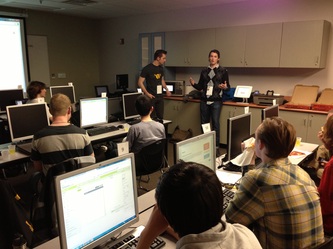
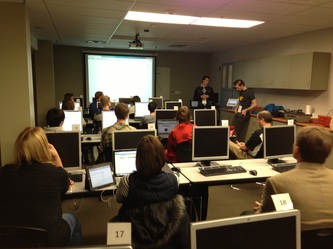

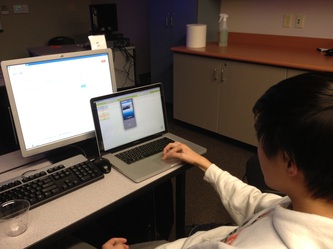
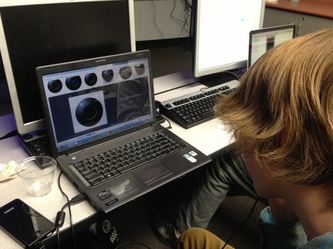
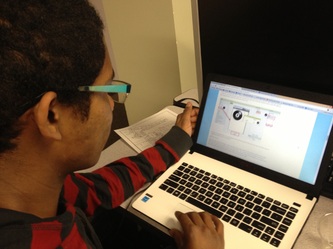
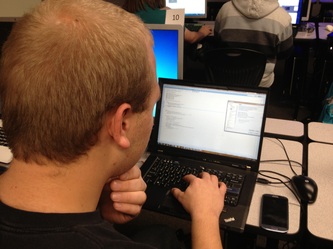
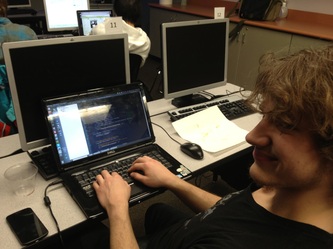
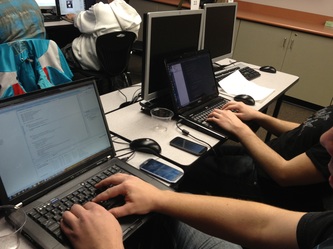
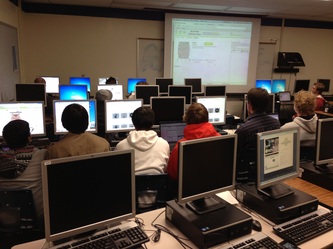
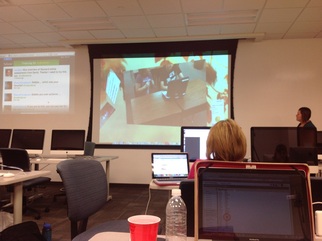
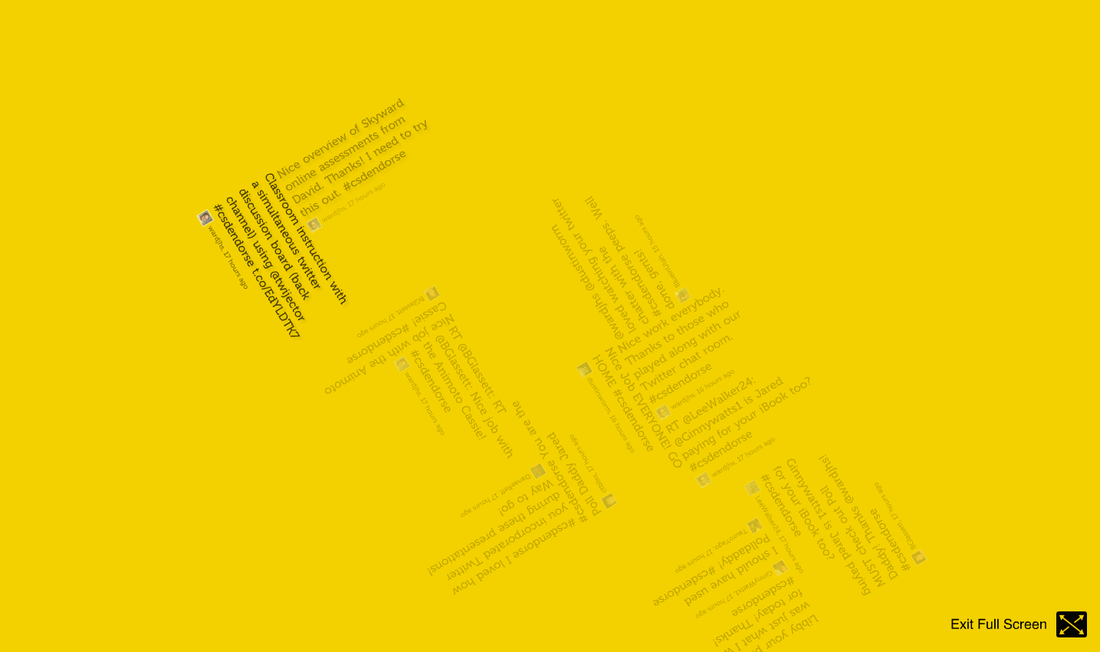
 RSS Feed
RSS Feed

